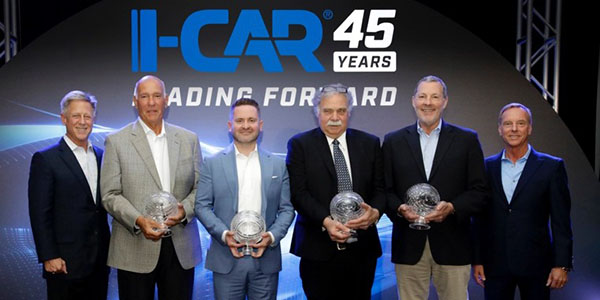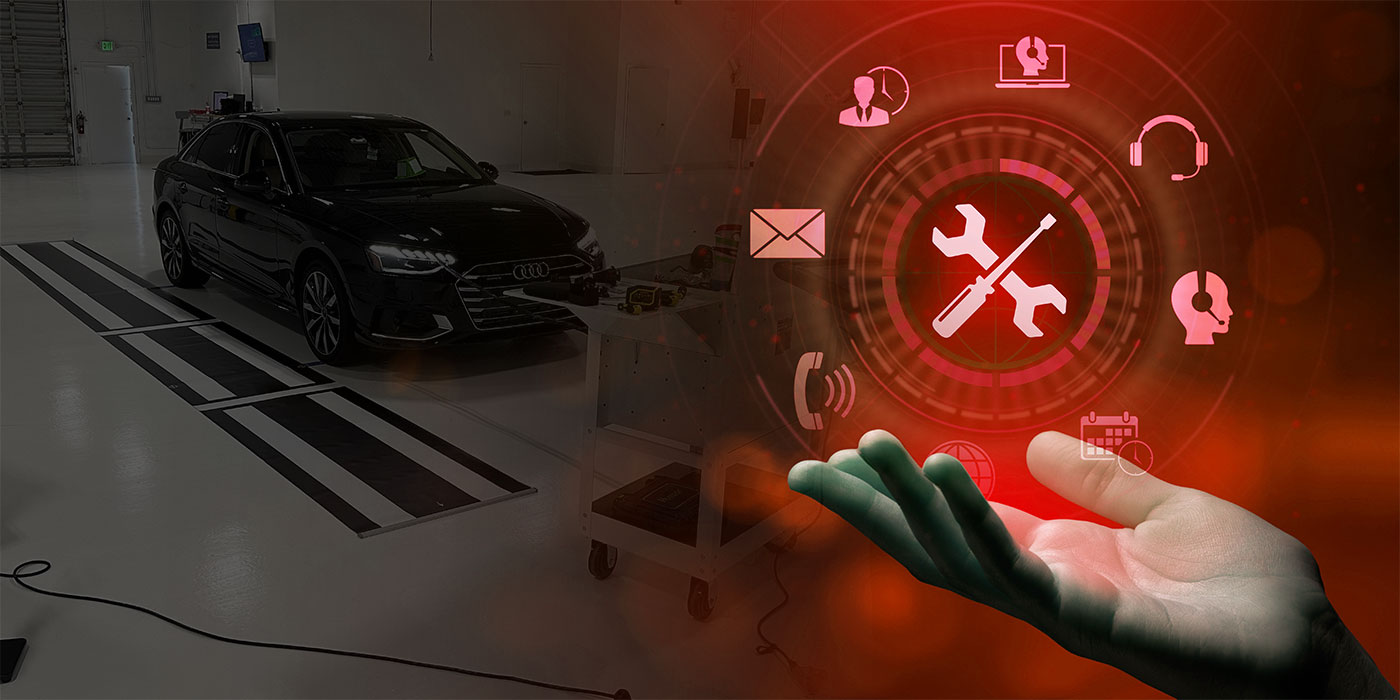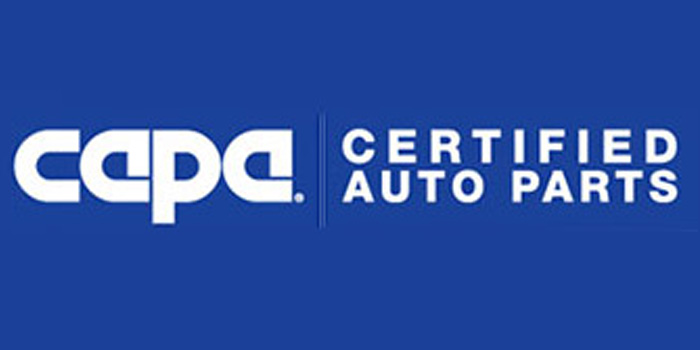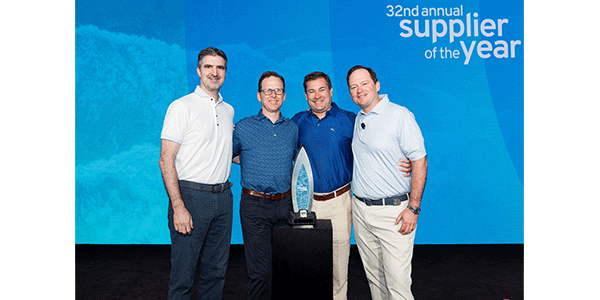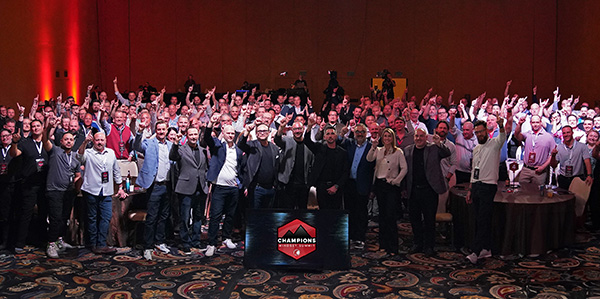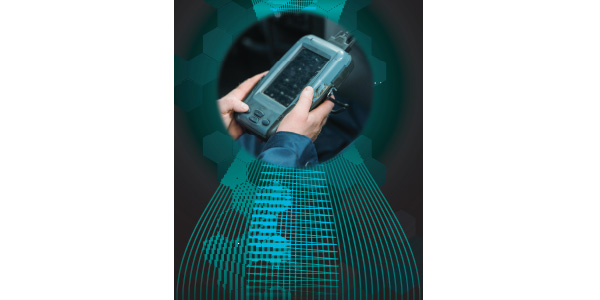
As electronics start to dominate the automotive repair field, we’re all starting to look for answers to the problems. As I look more deeply into the issues, I ask myself, “Do we even know what all the questions are? I don’t even know all the procedures we need to prepare for!”
All these electronic issues seemed to appear overnight, but we know that’s really not the case, as these new features in vehicles have been talked about for a long time. But discussion of the repair of these new features? That’s a different topic.
So we start looking for answers on how to repair these new electronics packages. What tools are available? What procedures must be done? Then come all the questions on cost and liability. It’s enough to drive you crazy!
Let’s analyze if a shop is going to do the repairs internally or sublet it out. The honest answer is there may not be a total solution for the entire industry…but there could be one for your shop.
Procedures
I have a small electronics quiz. Take this small test yourself and then see if your estimators would be able to find the answers:
- 2017 Ford Fusion: A mirror is being R&I’d on the driver’s door. The vehicle has blind spot detection. What will need to be done following completion?
- A 2017 Subaru Forester: A roof replacement for hail is completed. Windshield was R&I’d or replaced. What’s needed to complete this procedure?
- A 2018 Ford Mustang: A rear bumper cover is replaced. What should be done to complete the procedure?
To find the answers to these questions, the first thing is to determine what you need to do. What procedures are required? In today’s vehicles, even a simple R&I of a bumper cover or R&I of a side mirror may require an electronic intervention with a scan tool. An R&I or replacement of a windshield may require a recalibration. Taking any repair for granted can be a costly mistake.
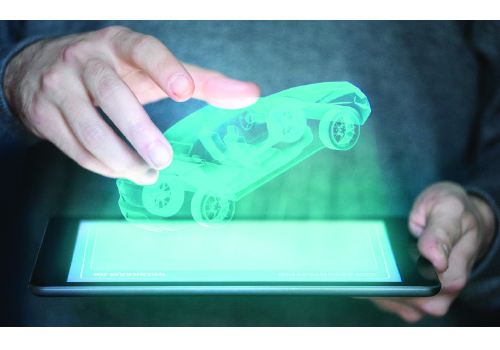
I admit that researching what needs to be done can be time-consuming and frustrating. Where do you find all the information? Shops that have spent time looking up the information have found that there isn’t one source that has it all. Accessing multiple websites can be costly and confusing. Here are some of the options available now, with more becoming available:
- OE websites
- Dealers
- ALLDATA
- I-CAR RTS website
- OEC
So now we know there is a procedure that must be done. Which is it?
- Pre-scan. The scanning of a vehicle prior to service to see a list of codes that are stored in MCM. Lists all DTCs a vehicle may have.
- Post-scan. Scanning of vehicle after repairs to check and see that all DTCs have been cleared, including ones set during the repair process.
- Recalibration. The recalibration of sensors to determine that they’re aimed correctly to function as designed.
- Static test. The stationary testing of sensors using targets in the shop to set the proper distance and positioning of sensors for proper function.
- Dynamic test. Road testing to verify operation parameters of all sensors.
- Reprogram. To reprogram electronics replaced in vehicles to communicate with MCM in vehicles.
We now know which procedure is required. How do you get this procedure completed?
Scanning vs. Recalibration
I want to make sure everyone knows the difference between a scan and a recalibration. A scan tool can read codes or DTCs. Some aftermarket scan tools are capable of doing recalibrations or reprogramming. But target boards or other optional equipment are also needed to do recalibrations or reprogramming.
In-House Scanning
If you want to do scanning in-house, what you need to buy depends on how much capability you desire. It could be costly. However, there are aftermarket scanners that cover a wide range of vehicles at a reasonable cost. The problem is the lag between the release of the vehicle and updates for scan tools and the ability to access all control modules. Aftermarket scan tools may not be able to read all systems. Some systems do have target boards available to do recalibrations.

Dealer scan tools are available, but the cost is even higher. With the right dealer scan tool, shops will be able to access all control modules. There is no universal dealer scan tool. A shop would need to purchase each vehicle manufacturer scan tool separately. Target boards for recalibration are available too.
With in-shop scan procedures, you still have to address if there’s a problem. Do you have a technician who can troubleshoot and fix problems? Do you need to hire a specialist or send the vehicle to a dealer? There are many issues to address in order to make in-shop procedures work. You need to determine the best option considering cost and cycle time.
Subletting to a Dealer
A dealer can do all the procedures, from scanning to recalibrations and reprogramming. However, the time to schedule and transport can be costly as far as cycle time. The time and people needed to transport vehicles is definitely a consideration, especially if you’re not near any dealerships.
Pricing also becomes an issue, as most services can be costly. For a price, you can have one of two ways or both:
- Remote scan: Company scans vehicles remotely.
- On-site scan: Company can scan and or recalibrate along with reprogramming on-site. They may also troubleshoot and service on-site.
Both services keep the vehicle on-site, controlling cycle time, but they may be more costly. With on-site, it’s nice to have a person to fix the problem and not have to pull a technician off another vehicle to do it. With recalibrations, you need specific parameters and target boards. An on-site technician can set up and recalibrate the vehicle. They may be able to do the static test using targets. They would also be able to perform a dynamic test on the road during a test drive. All of this frees up time and eliminates having to train and dedicate people to this process.
Be sure to communicate to your customers that test driving and verifying these new systems could add significant mileage to their vehicles. Nobody wants an unhappy customer wondering who put 30 miles on their vehicle while it was in the shop. Be sure to track a pattern near the shop, including highway speeds, to verify all operations. Many systems do not activate until above 45 miles per hour.
Options
Shops have options of doing one or the other or maybe a combination. The point is that it all depends on your location. What’s available? What do you want to accomplish? I’ve found that many companies will say they have a solution, but do they service your area? Do they service all year make and models? Will they troubleshoot and repair? Will they be on time? Can you afford to trust someone else?
Then the return-on-investment process creeps into your head. A shop needs to consider how much money they can put into equipment. Sure, an aftermarket scan tool may be reasonable for what it can do. Maybe 90 percent of the vehicles you work on are more than a year old. Then you have a smart choice. The possibilities are endless.
Letting the customer deal with it may not be the best option. Some companies in the glass replacement industry are doing this and getting waivers signed. Please consult your legal advisor before using this approach.
Summary
Being diligent is a necessity. To not buy into a system because it may not work for you or may be too costly for your budget can be devastating for big or small shops.
Researching and getting facts is also time-consuming. You need answers now. The problem is the answer depends on where you live currently and what’s available.
The repair industry is versatile and resourceful. It will take time for solutions to be more available and accessible. This may test how resourceful you are.



